The Best Type of Massage for Back Pain: An In Depth Guide
Back pain is one of the most common musculoskeletal issues[1] in America today, and we’re going to explain what is the best type of massage for back pain relief.
Back pain can be the result of many factors such as poor posture, weak core musculature, and psychological stress to name a few.
With such a variety of potential causes, it is critical that clinicians accurately diagnose and prescribe the proper treatment[2] to address the underlying issue.
The treatment options available for addressing back pain are many and they include medication, surgery, and other more westernized approaches to care.
But with the opioid crisis[3] still ravaging communities and surgery showing little efficacy in addressing back pain symptoms[4]; medical providers have recently turned to more holistic approaches to treating back pain such as:
- Acupuncture
- Meditation
- Massage
Do massages help for back pain? Keep on reading to find out as well as the best massages for back pain.
How Does Massage Help With Back Pain?
Massage has been used to treat pain of all types for centuries. In fact, it goes back to the ancient Hindu practice starting roughly 5,000 years ago. But is massage good for back pain?
The practice is extremely effective at reducing pain, but for a long time, we didn’t exactly know why this was the case.
Through years of performing clinical research and compiling patient data, we now know a bit more about the phenomenon of pain itself, enabling us to better understand how to more effectively treat it.
A Brief Discussion of Our Current Understanding of Pain
Pain is now widely accepted to be a complex process that affects our bodies as well as our minds. Therefore, the most comprehensive model of pain available today is that of the Biopsychosocial model[5].
This model posits that pain can affect and be affected by physical, psychological, and sociological factors.
While medication and surgery are viable options for the treatment of pain in some cases, they are often incomplete, as they only address the physical components of pain. Massage and other holistic treatments, on the other hand, address all three elements of pain.
How Does Massage Address All Three Components of the Biopsychosocial Model of Pain?
The biopsychosocial model of pain is characterized in three main categories:
Biological Pain
Massage practitioners address the biological or physical components of pain[6] by selecting the most suitable massage techniques that relax muscle spasms, reduce tightness, and encourage blood flow.
Psychological Pain
By listening to their patients and effectively using touch, massage therapists can relax a patient’s mind.
A calm and relaxing environment can reduce stress and anxiety[7], allowing the patient to heal from a psychological perspective.
Social Pain
Patients who are experiencing pain often withdraw from social functions[8] for one reason or another. They may not want their family and friends to see them suffering, or they may just feel sad that they can’t participate in their usual activities.
Massage therapists spend a lot of time with their patients and can help them return to their normal activities by providing social connection as well as addressing the other areas of pain.
Do Massages Help Back Pain?
So far, we’ve discussed the theory behind massage for pain relief. We now need to investigate whether there is evidence that massage can actually help with back pain.
- In a meta-analysis (a study of studies), researchers came to the conclusion that massage should be strongly considered[9] as a treatment option for patients experiencing pain.
- Another study showed that, while in-person physical therapy was a superior treatment for patients experiencing back pain across a variety of parameters, massage (specifically delivered via massage chair) was an effective treatment option in terms of cost, pain reduction, and improved Quality of Life[10] (QOL).
- An interesting finding from a study in 2016 was that massage combined with Reiki techniques[11] demonstrated effectiveness in the reduction of stress and anxiety in patients. While the study did not specifically examine patients with back pain, many back pain sufferers report stress and anxiety. Therefore, this study shows that massage can help to address at least one component of the biopsychosocial model of pain.
Overall, there appears to be some compelling evidence that massage is an effective pain reduction option for patients with low back pain.
In the following section, we’ll examine some of the general massage techniques that therapists utilize in their practice.
Massage Techniques for Back Pain
Massage therapists have many techniques at their disposal, some of which may be better suited for certain conditions than others.
When it comes to back pain, there is little agreement on which type of massage is best[12], as back pain (and pain in general) is such a complicated phenomenon.
Let’s take a look at some of the different back pain massage techniques that massage therapists may choose to implement for patients that specifically come in with back pain.
Friction Massage
Friction massage, sometimes abbreviated TFM for Transverse Friction Massage, is a technique that is often used to break up scar tissue and loosen tight muscles.
The technique can be somewhat unpleasant as the therapist is applying a significant amount of pressure. However, once the treatment is complete, patients are often quite satisfied with the outcome.
Vibration
As the name implies, vibration massage consists of the massage practitioner targeting a body area, applying pressure, and rapidly oscillating their hands.
However, this technique should not be confused with “rubbing” as the therapist’s hand stays in a very specific location during vibration massage.
The video below explains the difference in technique.
Additionally, vibration massage can be performed with the use of a device such as the Theragun or other IASTM (Instrument Assisted Soft Tissue Mobilization) device.
Effleurage
When one hears the word massage and pictures the practice in his or her mind, effleurage is likely the type of massage that comes to mind.
This technique involves long, smooth strokes that are aimed at relaxing a patient both physically and mentally.
This massage type can induce a significant calming effect, addressing the anxiety that many patients experience throughout their day.
Tapotement
Tapotement is a type of massage that involves a variety of techniques in which the therapist applies “taps” or quick, alternating pressure movements on the patient.
At first glance, it can appear as if the therapist is “slapping” the patient, but this is far from the case.
The movement requires a high level of skill and can be very effective in addressing a variety of musculoskeletal issues.
Petrissage
Massage therapists who utilize petrissage techniques apply deeper pressure to the patient’s muscle tissue than is applied through many other techniques.
Sometimes referred to as “kneading”, this technique involves lifting the skin and muscle tissue, applying pressure, and then slowly releasing the tension.
What are the Best Types of Massage for Back Pain?
While the previous section identified specific back massage techniques in terms of the type of pressure the practitioner provides, the goals of each technique, etc; this section will outline more general types of massage, which incorporate the specific techniques outlined above.
These massage types can benefit back pain specifically, if they are thoughtfully incorporated into a back-pain sufferer’s treatment plan.
Myofascial Release
Myofascial release techniques[13] are so named because they focus on releasing tension in the muscles (myo) and the fascial tissue that surrounds muscle.
This type of massage focuses on releasing pressure from central points of tension, often called trigger points, in order to address a specific area.
Therefore, if your massage therapist elects to use a myofascial release technique to address your symptoms, they may work primarily in an area other than where your pain is specifically located.
Craniosacral Therapy
Clinicians who utilize Craniosacral Therapy (CST) in their practice generally believe that most issues stem from imbalances within the central nervous system[14].
This is where the the name: cranio- (head/skull encompassing the brain) sacral (sacrum/lowest portion of the spinal cord) comes from.
Craniosacral Therapy utilizes light pressure and is frequently suggested for the treatment of many systemic and painful conditions.
Acupressure
In Eastern Medicine or Traditional Chinese Medicine (TCM), acupressure has been used for millennia. Acupressure treatments operate off of similar principles to that of acupuncture, but no needles are used during acupressure sessions[15].
The theory of acupressure revolves around the belief that the body is aligned according to “meridians” or lines that link all of the various systems of the body.
A therapist who uses acupressure techniques will attempt to promote energy flow through these meridians, thus ridding the body of pain and disease.
Neuromuscular or Trigger Point Massage
Neuromuscular massages focus on applying sustained pressure (for a defined length of time, based on many factors) on an area of muscle spasm and then slowly releasing the pressure.
If the treatment is successful, once the therapist releases the pressure, the patient’s pain and tightness should be alleviated.
This technique is frequently used for the treatment of headaches[16].
Swedish Massage
Incorporating techniques that promote relaxation and blood flow, Swedish massage is the most common type of massage practiced in clinics today.
The practice encompasses many specific techniques such as circular massage, tapping, and deeper pressure depending on the needs of the patient and the discretion of the practitioner, technically known as:
- Effleurage
- Petrisage
- Tapotement
- Friction
Swedish massage has been used in many studies, and often demonstrates effectiveness in the treatment of a variety of conditions including anxiety[17] and pain.
Deep Tissue Massage
Deep tissue massage[18] is a relatively general term that can be included in a Swedish Massage as well as other types of massage.
The practice involves applying more pressure than is typically administered during gentler massages such as those utilized by CST therapists.
The technique is often utilized to break up adhesions and to release tight muscles.
Sports Massage
Generally, massage therapists will incorporate sports massages for – you guessed it – athletes.
This form of massage includes deeper pressure techniques combined with tissue stretching. Sports massages may be effective for improving range of motion[19] (ROM) in athletes and active individuals.
Chair Massage
While chair massages are often seen in shopping malls, due to the ability to perform the massage on a fully-clothed client, they are also a good option for individuals who are unable to lie flat in a prone position.
Some conditions limit clients from laying down on their stomachs, and some populations, such as musicians, benefit from receiving massages while sitting up[20]. For these individuals, chair massage is a compelling alternative.
Given the position, chair massage works quite well for targeting back pain in general.
Shiatsu Massage
An amalgam of different massage philosophies, Shiatsu massage incorporates elements of TCM, japanese massage, and western massage.
The goal of Shiatsu massage is to decrease the activity of the sympathetic nervous system (our fight or flight response) and instead promote activity in our parasympathetic nervous systems (rest and digest).
Many of the original theories and techniques of Shiatsu are very similar to acupressure massage[21], however, there are noted differences between the two styles.
Thai Massage
An interesting and somewhat unique form of massage, Thai massages combine yoga poses with acupressure techniques[22].
Putting muscles on stretch through the use of a yoga pose can help the therapist apply pressure to certain areas of muscle and tissue that may be otherwise inaccessible.
Hot Stone Massage
Hot Stone Massages[23] include, as the name suggests, hot stones to promote relaxation and to relieve muscle tension.
Often, hot stone massages are combined with other traditional massage techniques such as Swedish massages, once the tissues have loosened from the heat.
*This type of massage is not appropriate for everyone. Those suffering from high blood pressure, diabetes, and other conditions should be evaluated by a physician before receiving a hot stone massage.*
Reflexology
Practitioners of reflexology believe that the hands and feet contain important connections[24] to every system of the body.
By stimulating specific areas on the hands and feet, reflexologists claim to be able to heal almost any ailment.
Pregnancy/Prenatal Massage
Pregnancy can frequently cause back pain. However, medication and many other forms of treatment are inappropriate for pregnant women.
Luckily, pregnancy massages are safe, gentle treatment options that can help women relax and reduce their pain while pregnant.
However, massage therapists need to be clear in their safety messaging[25] when performing a pregnancy massage.
What Is the Best Type of Massage for Lower Back Pain?
We’ve outlined the many options available with regards to massage for low back pain, but which is actually the very best?
The short and unsatisfying answer is, whichever one works best for the individual in question. But when it comes to evidence-based practice, it seems as though Swedish massage takes the crown for most effective technique.
It should be stated, however, that very few studies have compared massage techniques against each other.
Even fewer have used different massage techniques for the treatment of low back pain. There is a significant need for more in-depth research to determine which types of massage will benefit back pain sufferers most.
So take this recommendation with a large grain of salt, and whichever technique feels best for your low back pain should be the one you choose.
What is the Best Type of Massage for Upper Back Pain?
Much of our energy in this article has been devoted to lower back pain, and rightfully so.
Low back pain is one of the most common issues seen by doctors, physical therapists, chiropractors, and massage therapists. However, upper back pain, while slightly more rare than lower back pain, can be equally debilitating.
The best type of massage for upper back pain is: INCONCLUSIVE.
There have been no studies that have looked at upper back pain and examined massage techniques to treat the condition.
So, in a similar way to lower back pain, it’s important for you to think deeply about which type of massage seems like it would work best for you, and trial different types for your specific needs.
It is equally important that your massage therapist asks you about your symptoms and selects the best treatment based on your presentation.
How to Perform a Self-Massage for Back Pain
For those that want to reap the benefits of massage, but for one reason or another are unable to receive treatment from a qualified massage therapist, there are a few options for self-massage available:
- Foam Rollers: Foam rollers provide an inexpensive, effective way to perform a self massage. The tools come in a variety of different styles. Foam rollers may be smooth or have ridges; large or small; firm or soft. The specific foam roller technique used will vary based upon the body area, but this video gives a good overview of how to use a foam roller for back pain.
- Tennis Balls/Raquet Balls: For specific trigger points, a tennis ball and the wall/floor work wonders. You can perform a deep trigger point massage on a painful area using one of these balls, just be careful you don’t push too hard!
- Manual Self-Massage: Areas that are easy to reach with your own hands can be easily massaged on your own. Applying rhythmic stroking motions to your legs, or perhaps a more firm pressure to your opposite arm can give you relief from nagging pains. For back pain, you are probably better off enlisting the help of someone else for a massage or using one of the other tools listed above.
How to Find a Massage Therapist for Back Pain
Massage studios are ubiquitous, but due to some of the state and local laws surrounding who can provide “massages”, there are some considerations you should make before booking your appointment.
The American Massage Therapy Association[26] has a great search function to help find a certified massage therapist.
Precautions to Consider Before Booking a Massage
While massage is generally considered a safe, effective method for addressing many different issues, there are some considerations everyone with a complex health history should consider.
The following is a list of precautions or contraindications (doctor-speak for “don’t get a massage if you have these conditions, unless you’ve been cleared by a physician”):
- Hypertension
- Diabetes
- Kidney disease
- Liver disease
- Cancer
- Pregnancy
- Osteoporosis
The above list contains just some of the conditions that bear consideration when getting a massage. Talk to your doctor if you have any specific questions about whether or not a massage is a good option for managing your back pain.
Conclusion
We’ve covered a lot here. The research shows that massage is great for back pain.
Swedish massage seems to be the best massage for low back pain based on the research.
However, the answer is highly debated. The best massage is actually specific to each individual.
Which type of massage provides you the greatest pain relief? Answer in the comments!
References
- Unknown. Acute Low Back Pain. [Online] https://www.cdc.gov/acute-pain/low-back-pain/index.html/
- Atlas, S. J., & Deyo, R. A. (2001). Evaluating and managing acute low back pain in the primary care setting. Journal of general internal medicine, 16(2), 120–131. https://doi.org/10.1111/j.1525-1497.2001.91141.x
- Dasgupta, N., Beletsky, L., & Ciccarone, D. (2018). Opioid Crisis: No Easy Fix to Its Social and Economic Determinants. American journal of public health, 108(2), 182–186. https://doi.org/10.2105/AJPH.2017.304187
- Wenbo Xu, Bingbing Ran, Wenqi Luo, Zimeng Li, Rui Gu, Is Lumbar Fusion Necessary for Chronic Low Back Pain Associated with Degenerative Disk Disease? A Meta-Analysis, World Neurosurgery, Volume 146, 2021, Pages 298-306, ISSN 1878-8750, https://doi.org/10.1016/j.wneu.2020.11.121.
- Darnall, B. D., Carr, D. B., & Schatman, M. E. (2017). Pain Psychology and the Biopsychosocial Model of Pain Treatment: Ethical Imperatives and Social Responsibility. Pain medicine (Malden, Mass.), 18(8), 1413–1415. https://doi.org/10.1093/pm/pnw166
- Diederik C Bervoets, Pim AJ Luijsterburg, Jeroen JN Alessie, Martijn J Buijs, Arianne P Verhagen,
Massage therapy has short-term benefits for people with common musculoskeletal disorders compared to no treatment: a systematic review, Journal of Physiotherapy, Volume 61, Issue 3, 2015, Pages 106-116, ISSN 1836-9553, https://doi.org/10.1016/j.jphys.2015.05.018. - Wilkinson, S. M., Love, S. B., Westcombe, A. M., Gambles, M. A., Burgess, C. C., Cargill, A., Young, T., Maher, E. J., & Ramirez, A. J. (2007). Effectiveness of aromatherapy massage in the management of anxiety and depression in patients with cancer: a multicenter randomized controlled trial. Journal of clinical oncology : official journal of the American Society of Clinical Oncology, 25(5), 532–539. https://doi.org/10.1200/JCO.2006.08.9987
- Sturgeon, J. A., & Zautra, A. J. (2016). Social pain and physical pain: shared paths to resilience. Pain management, 6(1), 63–74. https://doi.org/10.2217/pmt.15.56
- Crawford, C., Boyd, C., Paat, C. F., Price, A., Xenakis, L., Yang, E., Zhang, W., & Evidence for Massage Therapy (EMT) Working Group (2016). The Impact of Massage Therapy on Function in Pain Populations-A Systematic Review and Meta-Analysis of Randomized Controlled Trials: Part I, Patients Experiencing Pain in the General Population. Pain medicine (Malden, Mass.), 17(7), 1353–1375. https://doi.org/10.1093/pm/pnw099
- Kim, Seung-Kook MD, PhDa,b,c; Min, Aran MD, PhDd; Jeon, Chuljin MDd; Kim, Taeyun MDd; Cho, Soohyun MDd,∗; Lee, Su-Chan MD, PhDb; Lee, Choon-Key MD, PhDb,e Clinical outcomes and cost-effectiveness of massage chair therapy versus basic physiotherapy in lower back pain patients, Medicine: March 2020 – Volume 99 – Issue 12 – p e19514 doi: 10.1097/MD.0000000000019514
- Kurebayashi, L. F., Turrini, R. N., Souza, T. P., Takiguchi, R. S., Kuba, G., & Nagumo, M. T. (2016). Massage and Reiki used to reduce stress and anxiety: Randomized Clinical Trial. Revista latino-americana de enfermagem, 24, e2834. https://doi.org/10.1590/1518-8345.1614.2834
- Isomi M. Miake-Lye, Selene Mak, Jason Lee, Tana Luger, Stephanie L. Taylor, Roberta Shanman, Jessica M. Beroes-Severin, and Paul G. Shekelle.The Journal of Alternative and Complementary Medicine.May 2019.475-502.http://doi.org/10.1089/acm.2018.0282
- McKenney, K., Elder, A. S., Elder, C., & Hutchins, A. (2013). Myofascial release as a treatment for orthopaedic conditions: a systematic review. Journal of athletic training, 48(4), 522–527. https://doi.org/10.4085/1062-6050-48.3.17
- Haller, H., Lauche, R., Sundberg, T. et al. Craniosacral therapy for chronic pain: a systematic review and meta-analysis of randomized controlled trials. BMC Musculoskelet Disord 21, 1 (2020). https://doi.org/10.1186/s12891-019-3017-y
- Edzard Ernst, MD, PhD, FMedSci, FSB, FRCP, FRCPEd
Myeong Soo Lee, BSc, MSc, PhD, Acupressure: An Overview of Systematic Reviews. Open AccessPublished:September 03, 2010 DOI:https://doi.org/10.1016/j.jpainsymman.2010.07.003 - Falsiroli Maistrello, L., Geri, T., Gianola, S., Zaninetti, M., & Testa, M. (2018). Effectiveness of Trigger Point Manual Treatment on the Frequency, Intensity, and Duration of Attacks in Primary Headaches: A Systematic Review and Meta-Analysis of Randomized Controlled Trials. Frontiers in neurology, 9, 254. https://doi.org/10.3389/fneur.2018.00254
- Mark Hyman Rapaport, Pamela J. Schettler, Erika R. Larson, Boadie W. Dunlop, Jeffrey J. Rakofsky, Becky Kinkead, Six versus twelve weeks of Swedish massage therapy for generalized anxiety disorder: Preliminary findings, Complementary Therapies in Medicine, Volume 56, 2021, 102593, ISSN 0965-2299, https://doi.org/10.1016/j.ctim.2020.102593.
- Romanowski, M. W., Špiritović, M., Rutkowski, R., Dudek, A., Samborski, W., & Straburzyńska-Lupa, A. (2017). Comparison of Deep Tissue Massage and Therapeutic Massage for Lower Back Pain, Disease Activity, and Functional Capacity of Ankylosing Spondylitis Patients: A Randomized Clinical Pilot Study. Evidence-based complementary and alternative medicine : eCAM, 2017, 9894128. https://doi.org/10.1155/2017/9894128
Davis HL, Alabed S, Chico TJA
Effect of sports massage on performance and recovery: a systematic review and meta-analysis
BMJ Open Sport & Exercise Medicine 2020;6:e000614. https://bmjopensem.bmj.com/content/6/1/e000614.citation-tools
- Cygańska, A., Truszczyńska-Baszak, A., & Tomaszewski, P. (2020). Impact of Exercises and Chair Massage on Musculoskeletal Pain of Young Musicians. International journal of environmental research and public health, 17(14), 5128. https://doi.org/10.3390/ijerph17145128
- Cabo, F., Baskwill, A., Aguaristi, I., Christophe-Tchakaloff, S., & Guichard, J. P. (2018). Shiatsu and Acupressure: Two Different and Distinct Techniques. International journal of therapeutic massage & bodywork, 11(2), 4–10. https://www.ncbi.nlm.nih.gov/pmc/articles/PMC5988345/
- Juntakarn, C., Prasartritha, T., & Petrakard, P. (2017). The Effectiveness of Thai Massage and Joint Mobilization. International journal of therapeutic massage & bodywork, 10(2), 3–8. https://doi.org/10.3822/ijtmb.v10i2.350
- https://doaj.org/article/131ad913689d4afeba0ce1e1e754f4ad
- Embong, N. H., Soh, Y. C., Ming, L. C., & Wong, T. W. (2015). Revisiting reflexology: Concept, evidence, current practice, and practitioner training. Journal of traditional and complementary medicine, 5(4), 197–206. https://doi.org/10.1016/j.jtcme.2015.08.008
- Fogarty, S., Barnett, R., & Hay, P. (2020). Safety and Pregnancy Massage: a Qualitative Thematic Analysis. International journal of therapeutic massage & bodywork, 13(1), 4–12. https://www.ncbi.nlm.nih.gov/pmc/articles/PMC7043715/
- https://www.amtamassage.org/find-massage-therapist/

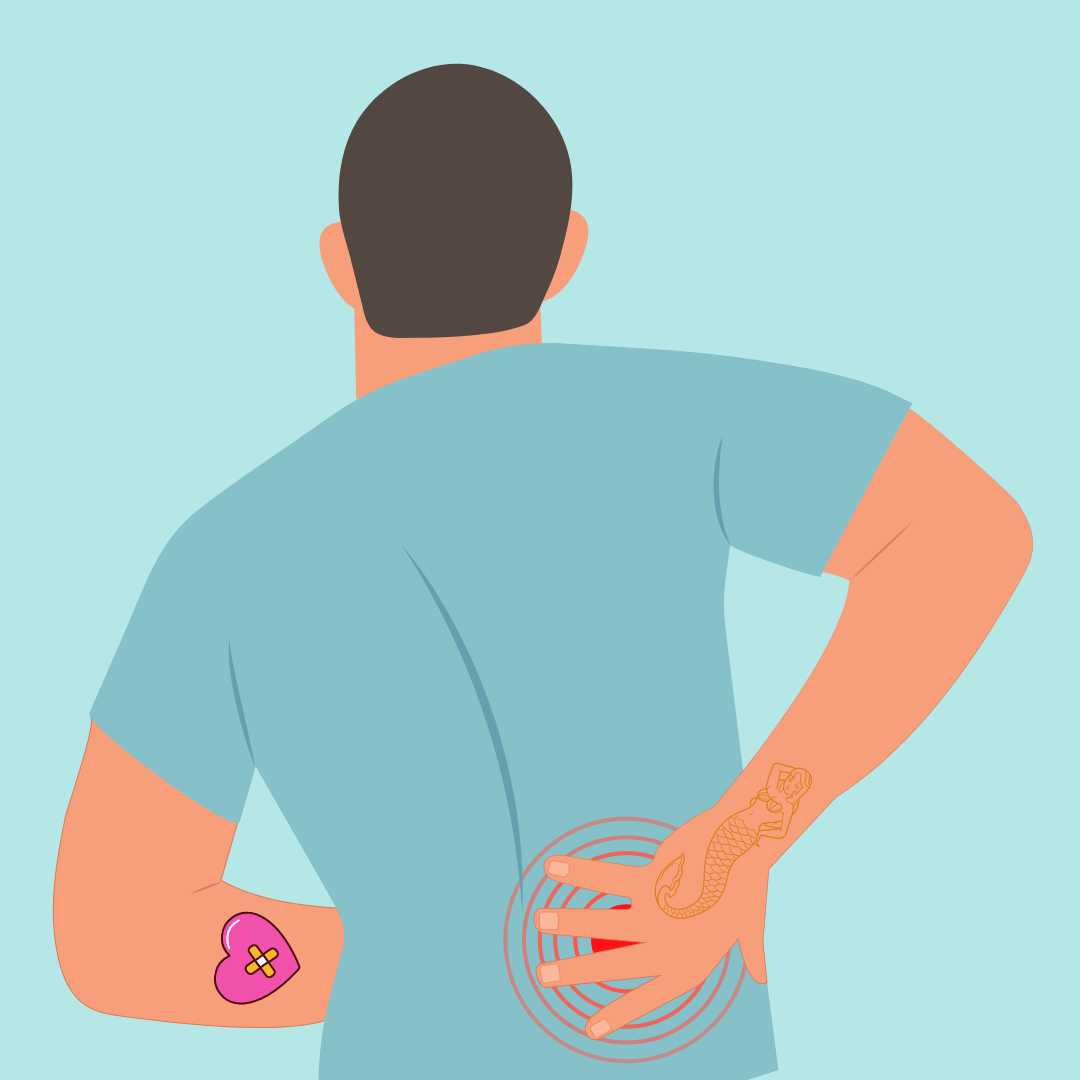
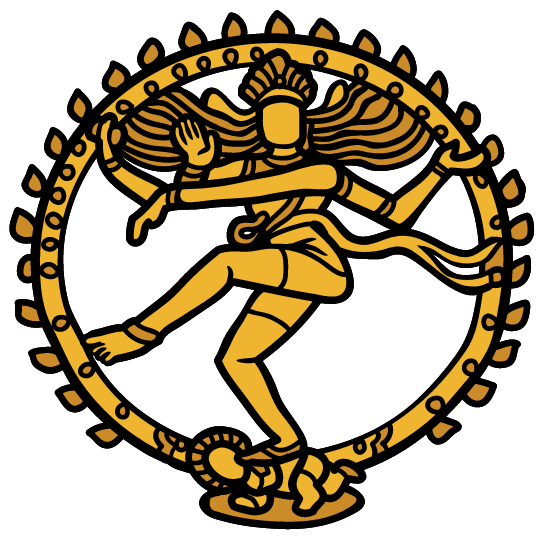
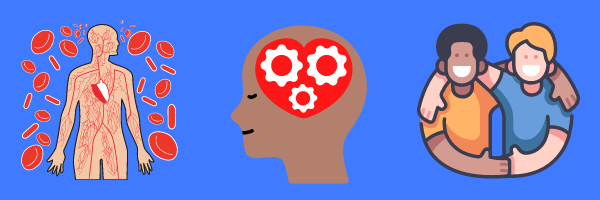

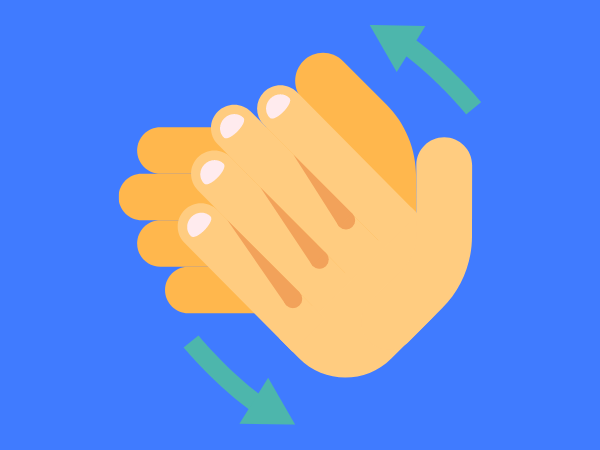
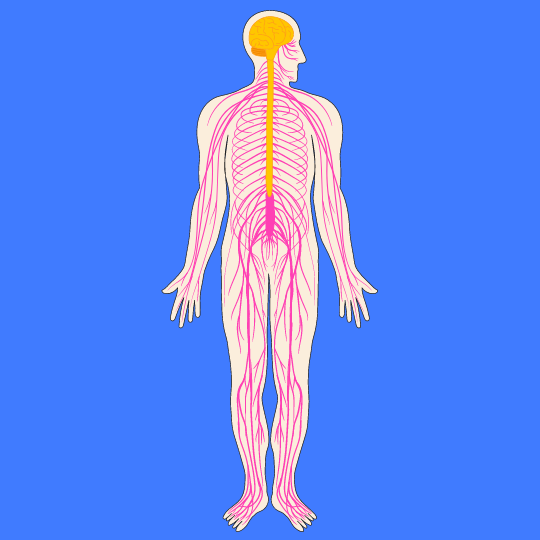

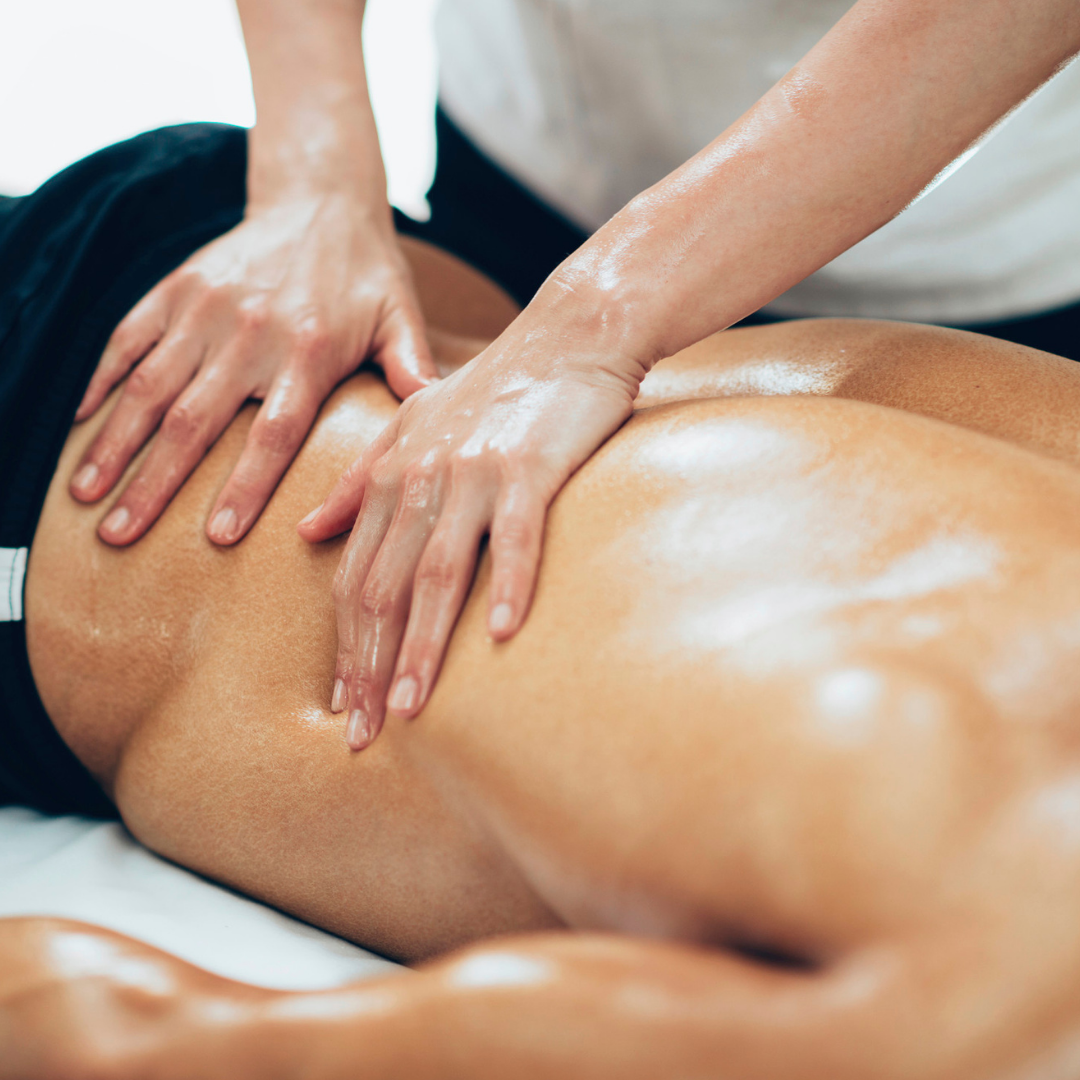

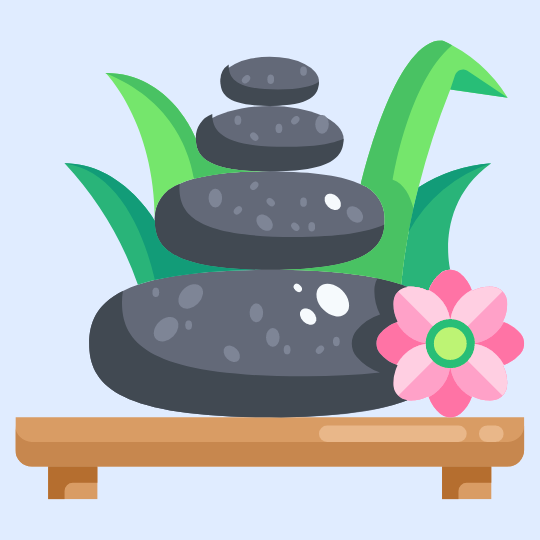
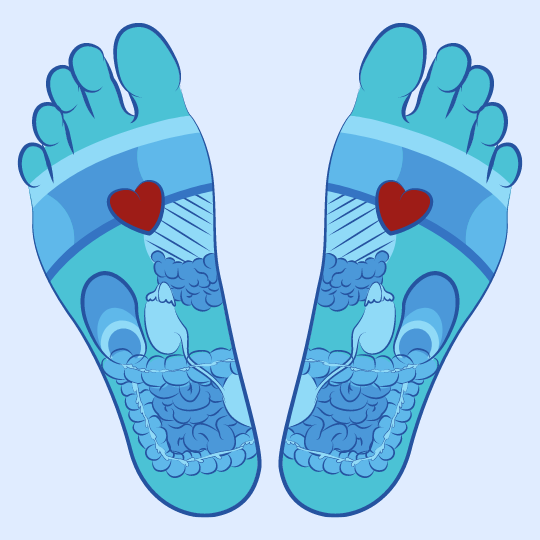
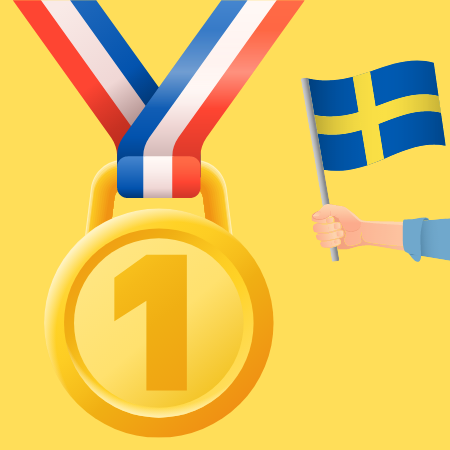

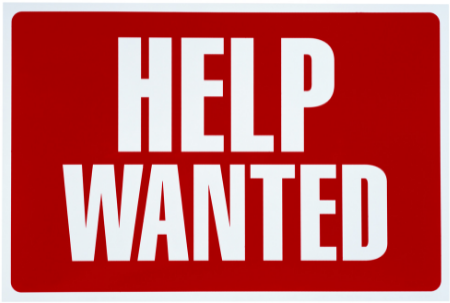
0 comments